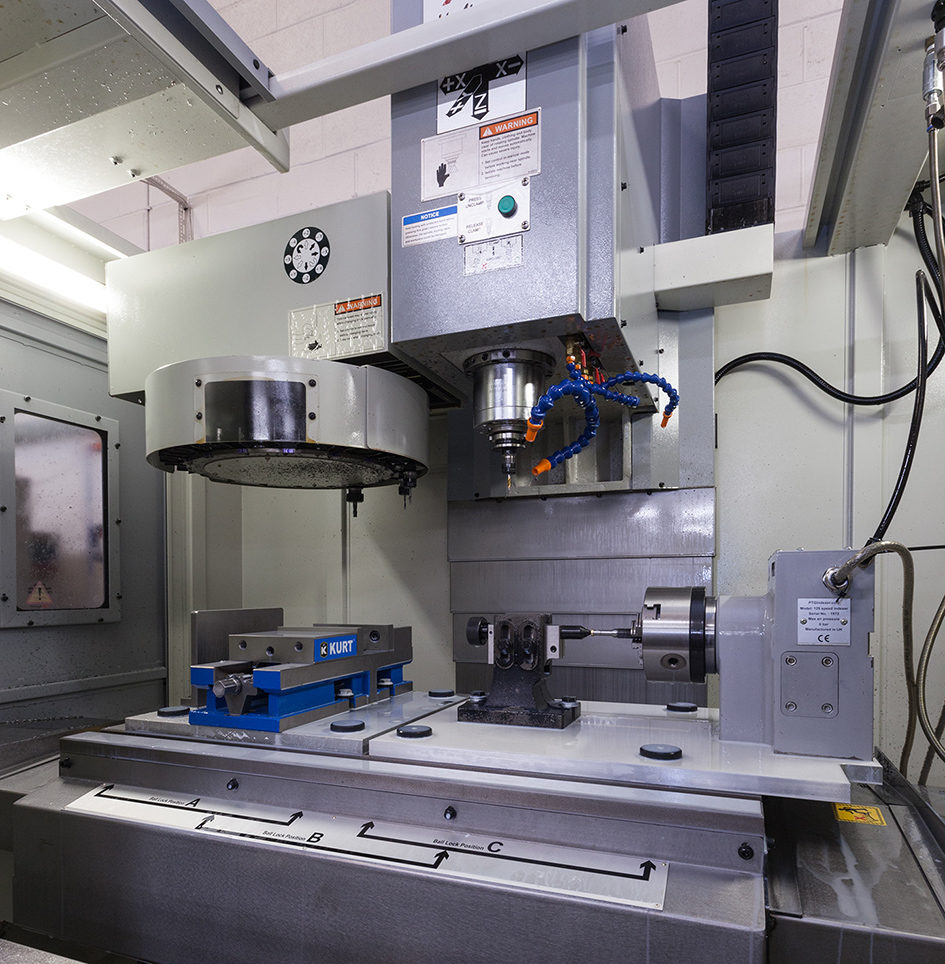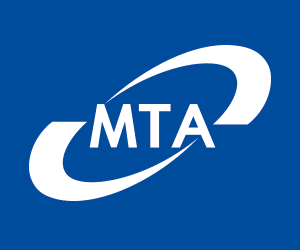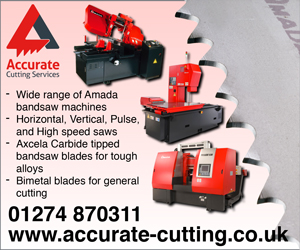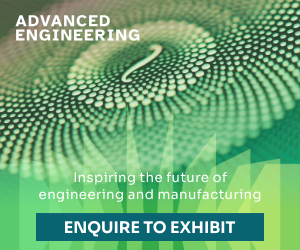With its core business being turning, the milling capability at Batchflow Engineering had taken something of a back seat, but with the growth in low-volume production and prototype work, especially for the motorsport sector, Managing Director Steve Packwood recognised the need to bring machining centre capacity up to date.
Founded in 1986 by Steve’s father David, with just a couple of capstan lathes, Batchflow Engineering has grown into a fully evolved CNC sub-contractor by investing profits back into the business. While the focus remained on turning, the company had a small milling/machining centre capability to support existing customers. As demand grew for more milling capacity, particularly second operation work, Batchflow considered using their advanced mill/turn capacity as an option. However, for smaller batch quantities and prototype work this wasn’t always the most efficient use of that capacity, so thoughts moved towards dedicated machining centres. Steve Packwood explains: “We knew we had to replace our existing, ageing, machining centre and a visit to the MACH exhibition introduced us to the XYZ 2-OP. As soon as I saw it I realised that we could make full use of its capacity and the small footprint would be perfect for us at the time. The decision to buy it was one of the easiest capital investments I’ve ever made, given the machine cost and the efficiency that it would bring to the business.”
The XYZ 2-OP had a number of features that particularly appealed to Batchflow, firstly its size, with a footprint of just 760 by 1220 mm it is compact enough to fit almost anywhere in any machine shop. The eight-position toolchange adds to the machine’s versatility and the 3hp, 6000 revs/min spindle allows a variety of parts and materials to be machined efficiently, especially when combined with the machine’s rigid construction. Another key element of the 2-OP though was the machine table and it integral Jergens Ball Lock fixture location system. “The Jergens system is perfect for us as we produce relatively small batches, so set ups are frequent. With the Ball Lock we can quickly position fixtures, knowing exactly where they are on the table, this reduces set up time considerably,” says Steve Packwood.
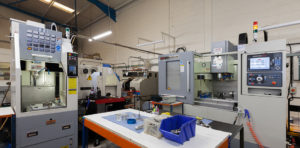
The use of the Jergens Ball Lock system on the XYZ LPM and XYZ 2-OP has brought increased efficiency to Batchflow’s milling operations
The success of the XYZ 2-OP meant that Batchflow’s next investment in milling capacity would also come from the Devon-Based machine tool company. This time Steve opted for an XYZ LPM (Lean Production Machine) due in part to the use of the Jergens system on this machine and the ProtoTRAK control. The ability to switch jobs easily between the two XYZ machines thanks to the Ball Lock system and the ability to transfer programs seamlessly between the two controllers made perfect sense and once again made set ups extremely short. “The fact that the LPM machine has the same control and fixturing system as the 2-OP made the decision more straightforward. Among the work we do for the motorsport sector there is a significant element of small batch and prototype work, but lead times are always very short, so anything that helps to reduce downtime is a major benefit. It is ideal for a typical sub-contractor like ourselves and allows us to provide a rapid response to our customers.”
The XYZ LPM machine expands on the machining capability of the 2-OP with a powerful 15 hp, 8000 revs/min BT 40 spindle, a large 900 x 500 mm table with axis travels of 785 x 470 x 530 mm (xyz). The tool changer has capacity for 16 tools and those tools can be accurately pre-set using the supplied tool pre-set system. The ProtoTRAK PMX control allows users to carry out background editing of programs while the machine is running, providing further opportunities to reduce set up time for the next job.
“When we ordered the 2-OP we had never bought from XYZ and it provided a low risk entry into working with a new machine supplier. We shouldn’t have had any concerns as both the 2-OP and the LPM have run perfectly. Training on the ProtoTRAK control was minimal, as that was all that was required,” says Steve Packwood. “Overall it has been a very positive experience moving from our previous machines to the XYZs. Add to that the advantages that the interchangeability between the 2-OP and the LPM bring, meaning we know exactly where fixtures are located, reduced set-ups and the versatility of the knowing we can do most jobs on either machines are a big advantage with the type of work we undertake.”
For more informnation about XYZ click here.


